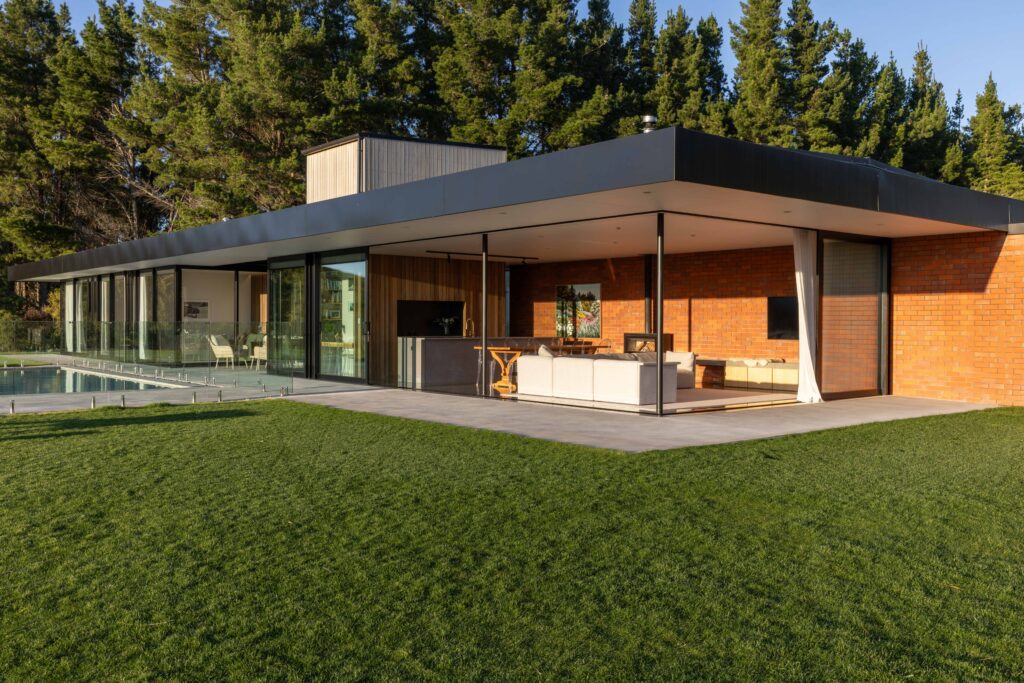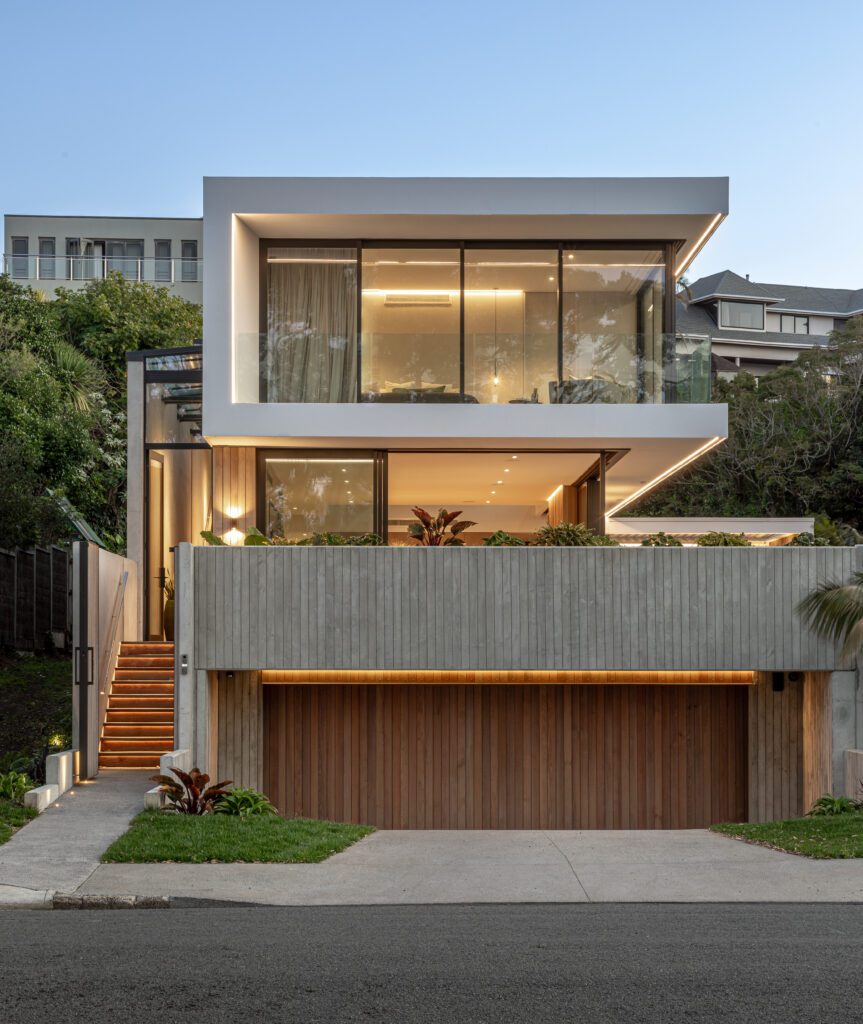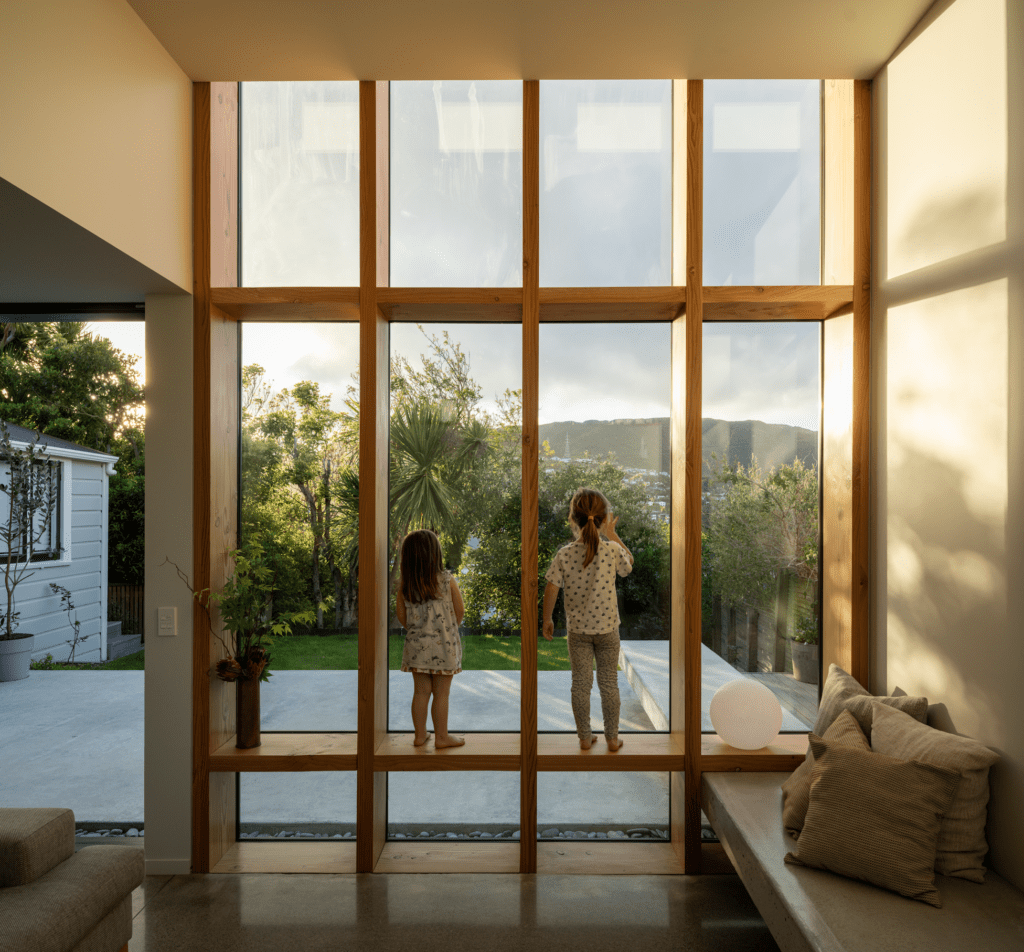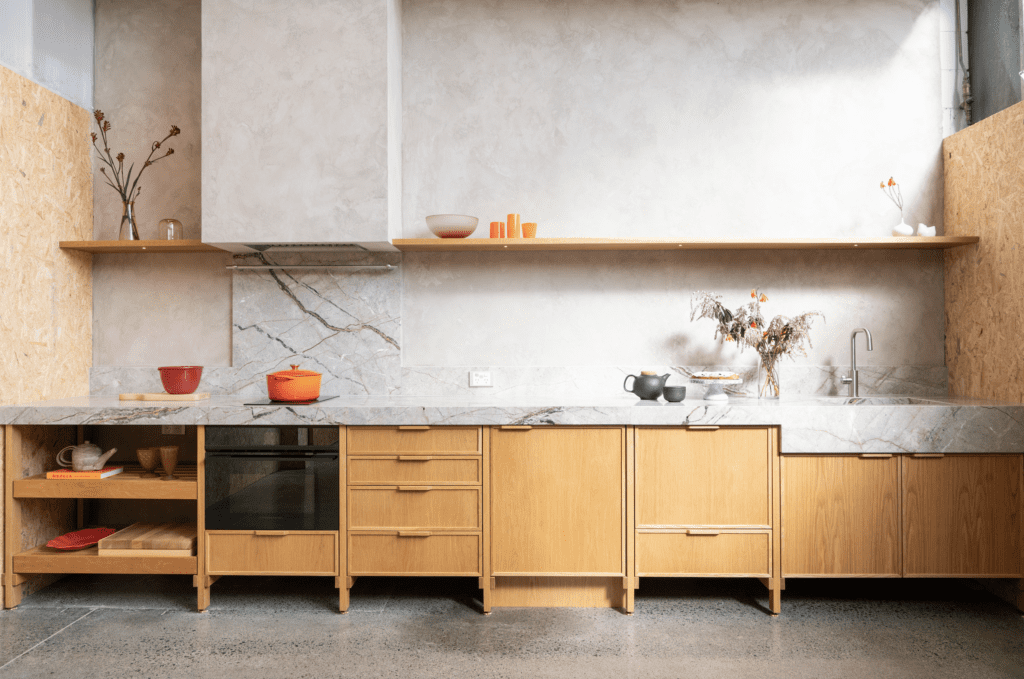Think burnt orange-red hot sauce, mustard tinged olive dirty martini, grunge eyeshadow, and circular voids. Sound like an eclectic group of concepts? That’s because it is.
We speak to New York–based Kiwi Georgina McWhirter and Melbournian Oliver MacLatchy about the creative process that drew inspiration from a diverse and curious array of forms and colours, resulting in an arresting new resin tapware range, Chromablock.
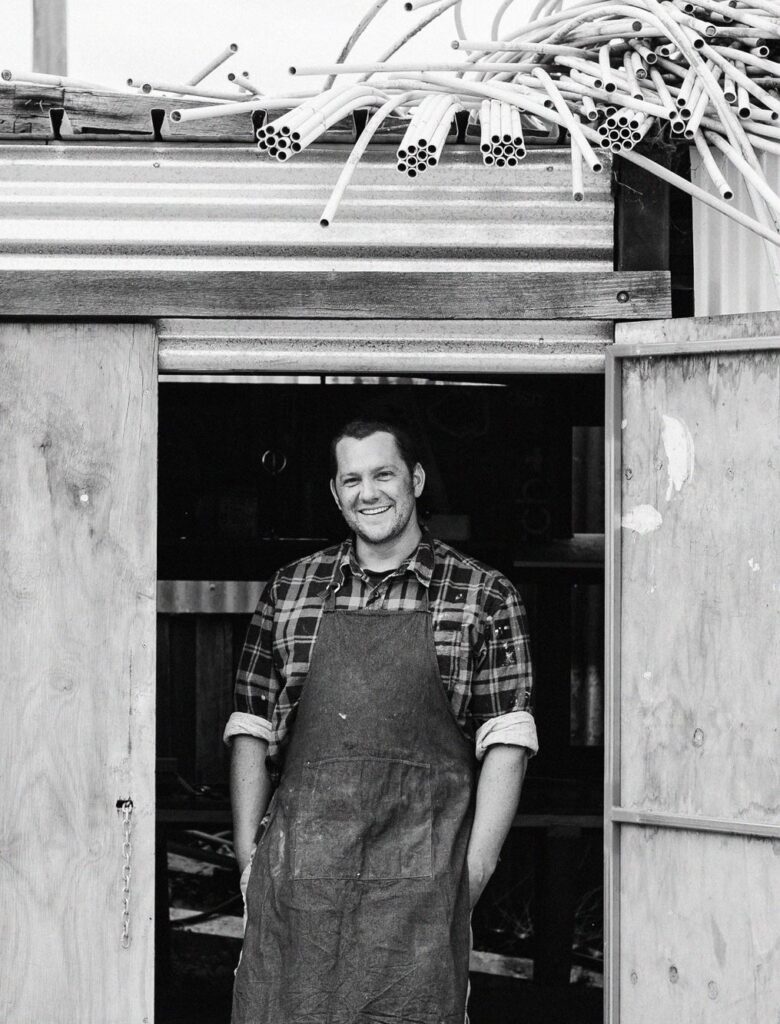
A Kiwi living in New York and a designer in Melbourne makes an unlikely collab. How did your partnership come about?
Georgina McWhirter (GM): On my annual summertime trip back home to Auckland years ago, I had spied Oliver’s modernist, minimalist bath fittings in a magazine and loved them. I tore the article out, took it back to New York, and reached out to him to cover his pieces for the magazine I work at, Interior Design. So began a casual Instagram friendship. During the pandemic, I spruced up my rental apartment with wooden shapes I screwed onto my existing taps and lacquered with coloured nail varnish. Guests loved them and it was then I put two and two together: Oliver already makes these shapes — why not approach him about a collab that adds colour? I imagined simple painted timber, but for durability the journey took us to a whole other medium: resin, a new material for Oliver — and one that proved very finicky!
Oliver MacLatchy (OM): When I received Georgina’s email with her idea, I was immediately enthralled. It was so new and fun, and I felt this was what was missing from bathrooms. I went straight into playing with materials … it was somewhat of a tricky point, but two-and-a-bit years later, we nailed it!
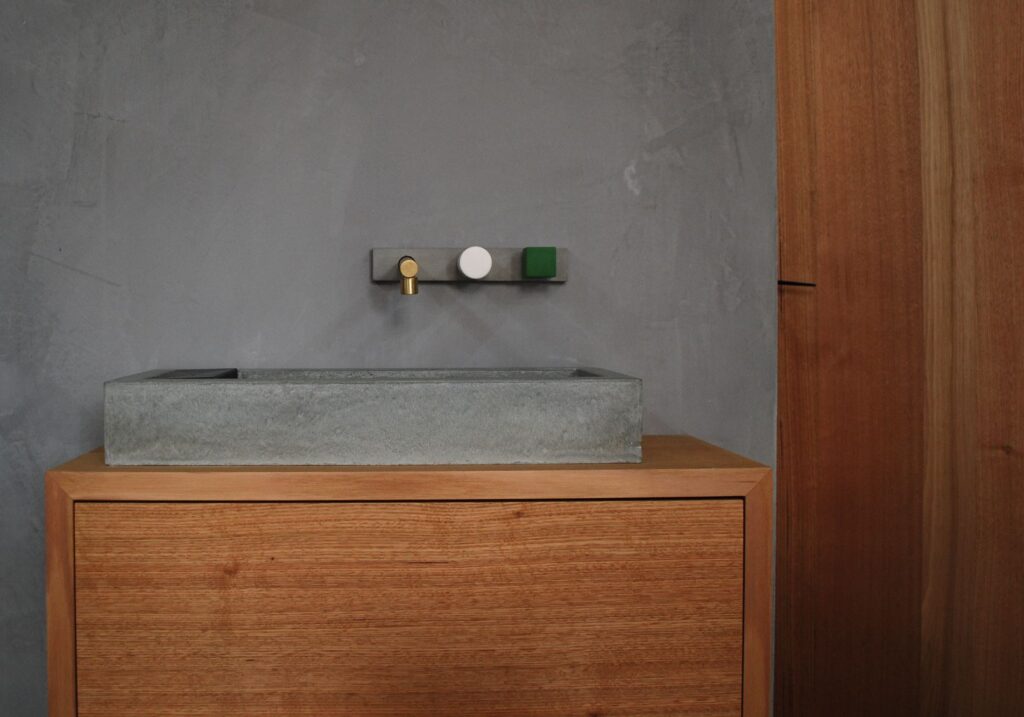
The colours are bold and, well, fabulous! Tell us about the inspiration behind them.
GM: I love slightly ‘off’, slightly skew-whiff colours, hues that traverse the liminal space between pure primary and secondary tints. Think pastels dirtied up with grey, inspired by grunge make-up artistry (like Mac’s extraordinary Terry Barber, who does eyeshadow looks sparked by such unique referents as sunburn and burnt toast), icky-sicky mustards, reds that bleed into orange, blues that segue into grey. In the 12 colours of our collection, Chromablock, there are all of these. I particularly love the grubby pink, called ‘Boiled Prawn’. Other reference points for Chromablock are the colour photography of William Eggleston in the 1970s, Douglas Sirk’s Technicolor melodramas, Corbusier’s Polychromie Architecturale key cards (which I own and shuffled and paired for hours on the floor of my apartment in researching and ideating the colour story), and retro 1930s–1950s bathroom tile.

Resin is a new medium for you, Oliver. Why did you decide to explore it?
OM: It is. I knew little about it and I thought it would be a fantastic material for this collection. Resin is 100 per cent waterproof, doesn’t scratch easily, and allows for solid colour. I wanted something that was hard but not brittle and not rubbery either. It has to feel right to the touch. I knew that if this collection was going to succeed, that the pieces would need to feel as good as they looked. For me, these pieces are an experience. I had my work cut out for me designing the right mix of resin to make strong yet soft pieces.
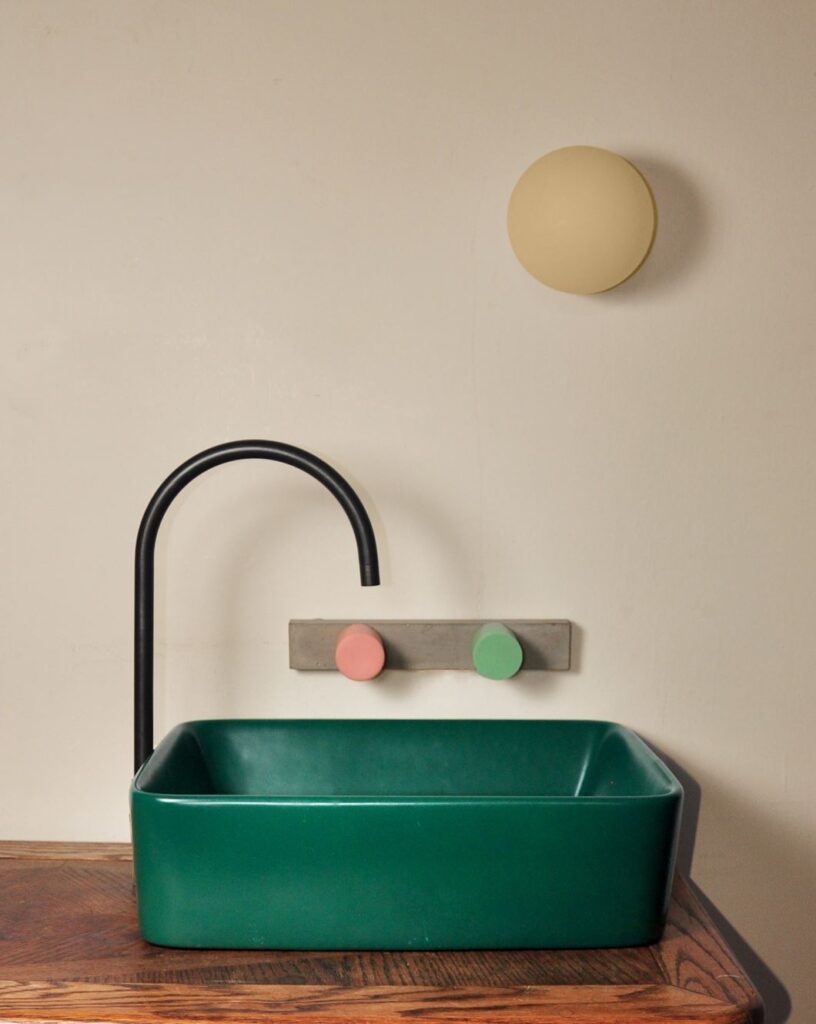
Tell us about the geometric qualities of the pieces and how the colour accentuates their forms.
GM: Oliver already made sets of round and square tap handles, and I loved the idea of juxtaposing those two shapes together in one set: one for hot water, the other for cold. Layered onto that came the idea of colour: pairing matching, complementary, or deliberately clashing colours together in whatever mix makes you happy. ‘In colour we trust’ has become our little saying! In terms of shape, the cylindrical, Kahn, is named for Louis Kahn and the beautiful circular voids in his architecture. Corbu, after Le Corbusier’s nickname, recalls his characteristic grids. The graphic charge of the simple geometric shapes is enhanced by the saturated colours. It’s adventurous — it’s not for the faint of heart — but in the right bathroom, it can really pack a modern, graphic punch.
OM: I have been making similar shapes for a long time; however, the colour makes the shapes so much bolder and stronger. The pieces in the Chromablock collection are a little smaller than my other handles; these little tweaks and detailing down to the millimetre make all the difference. The in-hand feel is incredible, which is a result of both proportion and material.
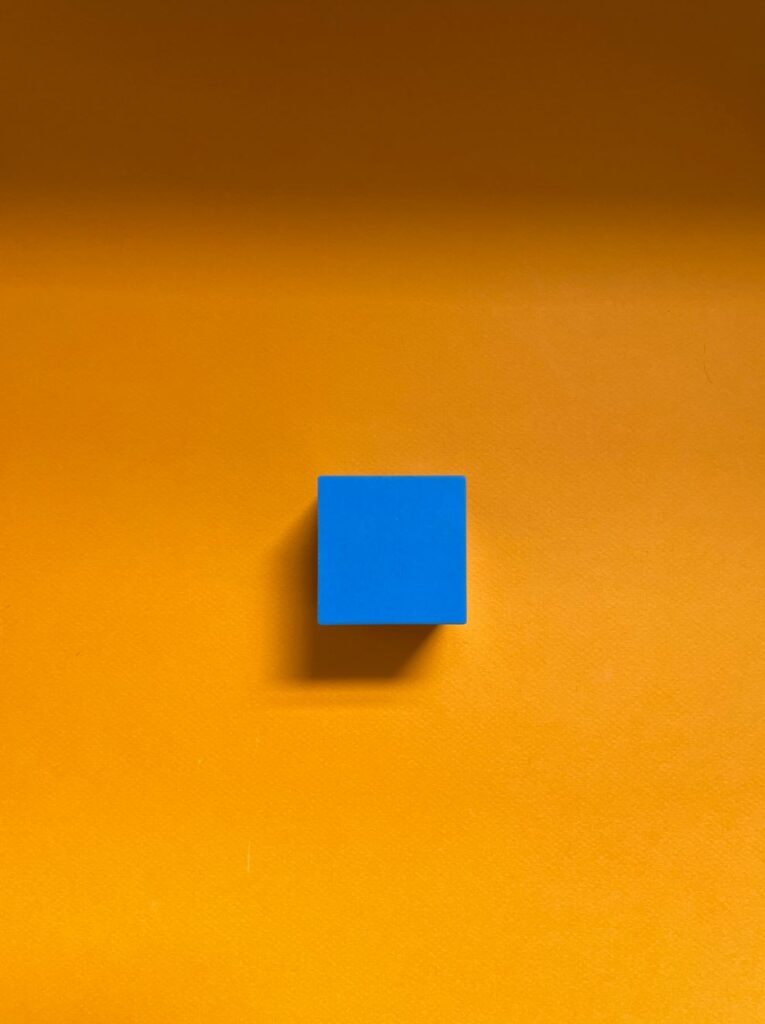
What’s next on the cards for you both?
GM: I’m chomping at the bit to extend the colour-pairing ideas underpinning Chromablock into a collection of table lamps!
OM: I’m so in love with this collection, I want to extend it to offer everything I make in colour.


